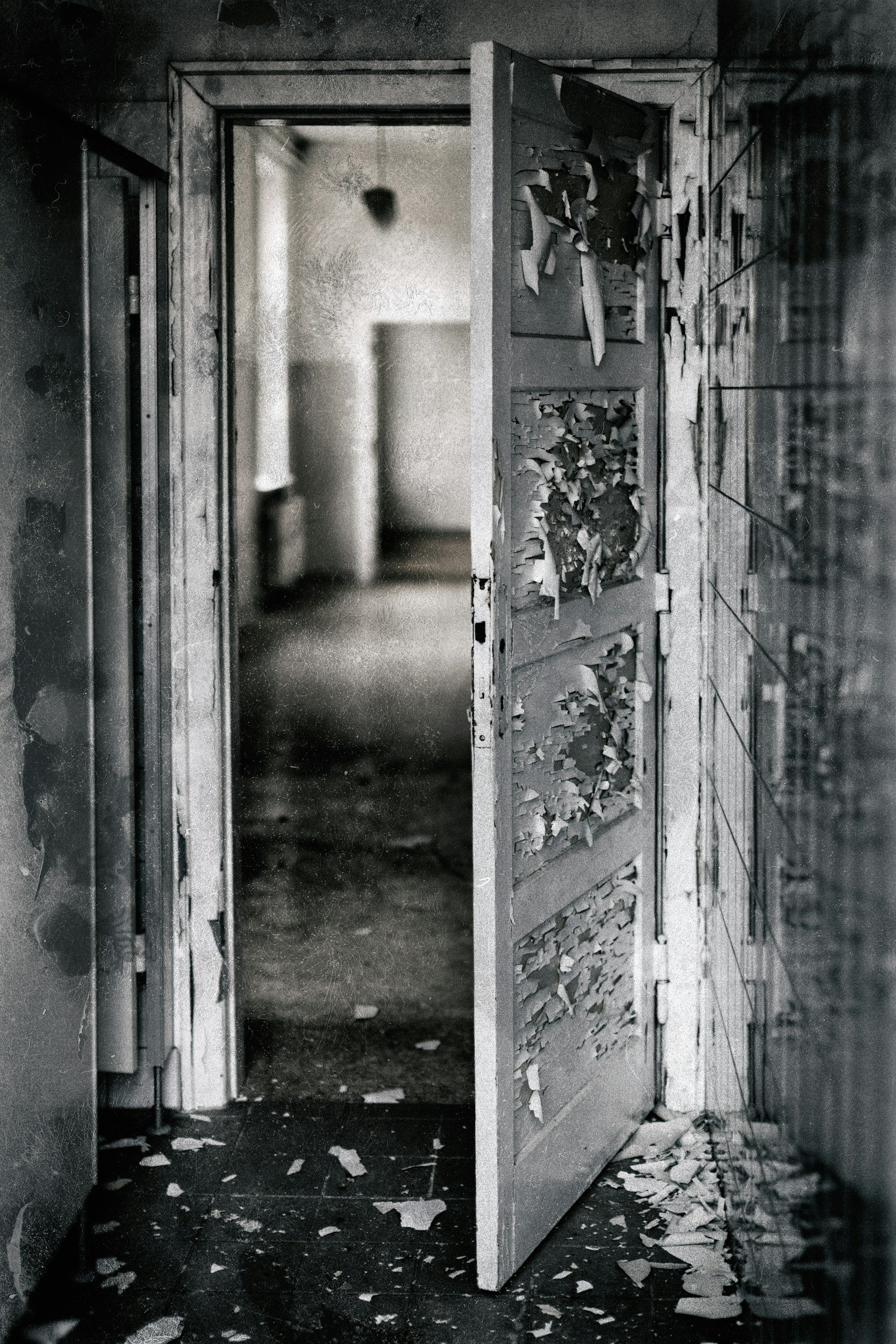What the Mannequins Represent in Silent Hill 2
The mannequins in Silent Hill 2 are more than creepy enemies—they’re physical reflections of James Sunderland’s repressed desires, guilt and objectification of women. This article unpacks their design, behaviour and narrative role to reveal what they truly represent.
Silent Hill 2, released in 2001 and revisited in its 2024 remake, is widely regarded as a psychological horror masterpiece. It is not merely a game but an unsettling exploration of trauma, guilt, and repressed desires. The town of Silent Hill serves as a distorted mirror of the protagonist’s subconscious, manifesting his darkest thoughts into nightmarish creatures. Among these entities, the Mannequin enemies stand out as particularly disturbing representations of James Sunderland's internal struggles. By analysing their design, behaviour, and narrative role, we uncover the deeper psychological truths they embody.
Potential Spoilers Ahead
| Aspect | What It Represents |
|---|---|
| Grotesque, headless design | Dehumanisation and loss of identity, reflecting how James reduces women to objects rather than full people. |
| Two pairs of fused legs | Hyper-sexualisation and bodily fixation, symbolising James’ repressed sexual desires and objectification of women. |
| Lack of face or head | The absence of agency or personhood, mirroring James’ inability to see Mary and other women beyond their bodies. |
| Inert, then sudden aggression | Repressed thoughts lying dormant until triggered, echoing how buried guilt and desire erupt violently when disturbed. |
| Link to Mary and Maria | Tension between care and resentment during Mary’s illness, contrasted with Maria’s hyper-sexualised presence. |
| Freudian symbolism | The return of the repressed and the uncanny: familiar human forms twisted into disturbing, alien figures. |
| Role in James’ arc | Forces James to confront his sexual guilt and distorted perceptions of women as part of his broader psychological reckoning. |
The Symbolism of the Mannequins’ Design
At first glance, the Mannequins appear eerily human yet grotesque. Their bodies consist of two pairs of legs fused together: one pair functioning as lower limbs, the other unnaturally replacing the arms. They are headless and devoid of facial features, creating a dehumanized and uncanny presence.
Sexual Objectification and Repressed Desires
The Mannequins’ exaggerated emphasis on the lower body symbolizes sexual fixation and objectification. By omitting a head—typically associated with identity and humanity—the design reduces the figure to purely physical attributes. This mirrors James Sunderland’s subconscious objectification of women, particularly during the period when his wife, Mary, was terminally ill.
Mary’s prolonged illness left James emotionally and physically unfulfilled, leading to frustration and suppressed sexual desires. Rather than confronting these feelings, James buried them, which festered into shame and guilt. The grotesque design of the Mannequins reflects this inner conflict: sexuality becomes something monstrous and morally corrupt, distorted by repression and self-loathing.
This concept aligns with Freud’s theory of repression, where unacceptable thoughts and desires are pushed into the unconscious mind. In James’ case, the Mannequins are a literal embodiment of these suppressed impulses, exaggerated and twisted into something unsettling.
The Absence of Identity
The Mannequins’ headless form further emphasizes depersonalization and dehumanization. Women, in James’ psyche, are reduced to objects of desire rather than individuals with agency and identity. This theme is reinforced by the character Maria, a hyper-sexualized doppelgänger of Mary, who serves as both an object of James’ longing and a reminder of his guilt.
From a psychological perspective, the Mannequins highlight James’ inability to reconcile his desires with his moral conscience. By stripping away their humanity, his subconscious reduces these figures to lifeless, empty forms—a reflection of his fragmented perception of women and his own self-loathing.
Behaviour in Gameplay: Repression and Eruption
The Mannequins’ behaviour further reinforces their symbolic significance.
Passivity: Initially, the Mannequins appear stationary, inert, and lifeless. This mirrors how repressed thoughts and desires remain dormant in the subconscious, lurking beneath the surface. The player’s instinctive unease around these seemingly inanimate figures reflects James’ discomfort with his unacknowledged emotions.
Aggression: When provoked, the Mannequins spring to life with erratic, violent movements, lashing out unpredictably. This symbolizes the eruption of repressed feelings—when buried emotions like guilt, shame, or frustration are triggered, they can manifest destructively.
Silent Hill’s audio and visual design enhance this effect. The sudden shifts from silence to chaotic, disjointed sounds during Mannequin encounters mirror the psychological jolt of suppressed trauma surfacing. The dimly lit environments and disorienting camera angles further evoke feelings of claustrophobia and dread, reinforcing the idea that James is trapped within his own mind.
Context in the Narrative: James’ Guilt and Punishment
The monsters of Silent Hill 2 are manifestations of James’ unresolved guilt, with each creature representing an aspect of his psyche. The Mannequins highlight his shame and objectification of women, particularly his complex relationship with Mary.
Mary’s Illness and James’ Conflict
Mary’s prolonged sickness strained her physical and emotional connection with James. While James cared for her, he also harbored feelings of frustration and resentment, compounded by his unmet need for intimacy. The Mannequins, stripped of humanity and grotesquely sexualized, reflect this inner turmoil. Their exaggerated form serves as a psychological punishment for James’ failure to reconcile love with desire and care with resentment.
Objectification and Depersonalization
The Mannequins’ themes of objectification are reinforced by the broader narrative. Maria, as a more vibrant and sexualized version of Mary, embodies James’ conflicted perceptions of femininity: both alluring and unattainable. By juxtaposing Maria’s exaggerated sensuality with the grotesque Mannequins, the game exposes how James’ subconscious distorts his relationships and desires.
The Psychological Role of the Mannequins in James’ Journey
James’ journey through Silent Hill is a process of self-discovery and confrontation. Each monster forces him to face the darker aspects of his psyche. The Mannequins, in particular, reveal his struggle with sexual guilt and the objectification of women, confronting him with the ugliness of his repressed impulses.
From a Freudian perspective, the Mannequins represent the return of the repressed—suppressed thoughts that manifest in distorted, haunting forms. They also evoke Freud’s concept of the uncanny (Das Unheimliche), where something familiar becomes unsettling and alien. The human-like yet grotesque Mannequins embody this effect, reflecting James’ unresolved emotions in a disturbingly distorted form.
Defeating the Mannequins is not merely a gameplay necessity but a symbolic act. By confronting these creatures, James begins to acknowledge and unravel the repression that has twisted his mind. However, their presence also serves as a chilling reminder that guilt and trauma cannot be ignored. Left unaddressed, they fester into something monstrous, waiting to resurface.
Simply Put
The Mannequins in Silent Hill 2 are more than unsettling enemies; they are profound psychological symbols. Their grotesque design, erratic behaviour, and narrative context reflect James Sunderland’s repressed sexual desires, his guilt over Mary’s illness, and his objectification of women.
By stripping away humanity and identity, the Mannequins embody James’ distorted perceptions and unresolved shame. Their sudden aggression mirrors how suppressed emotions can erupt violently when triggered, serving as both punishment and a catalyst for self-reflection.
Through the Mannequins, Silent Hill 2 delivers a chilling message: the most terrifying monsters are not external forces but the darkness within our own minds. For James—and for the player—the Mannequins stand as a haunting reminder of how deeply repression and guilt can twist perception, transforming unspoken truths into inescapable horrors.








Discover a comprehensive psychoanalysis of Johnny Silverhand from Cyberpunk 2077. Explore his trauma, relationships, existential struggles, and journey toward redemption in this in-depth character study.